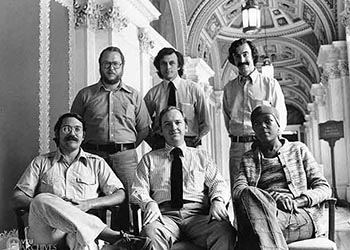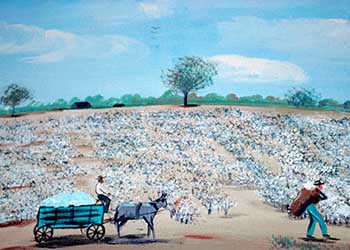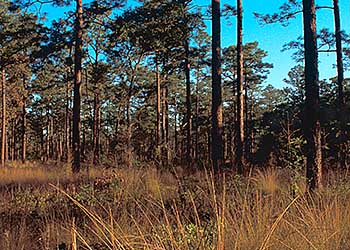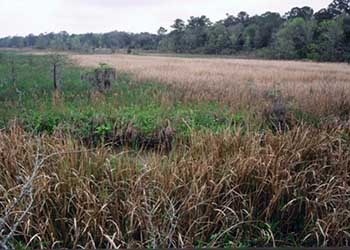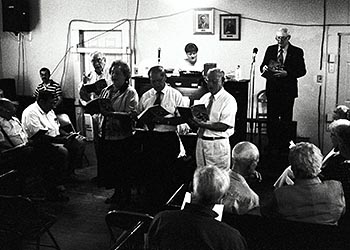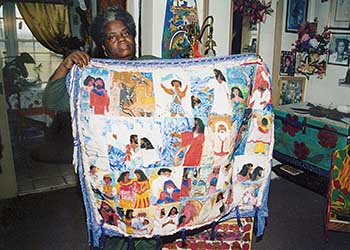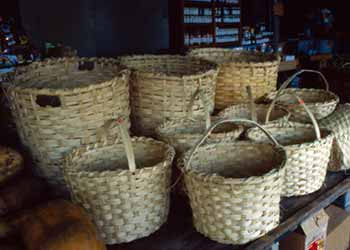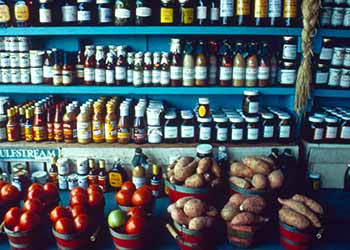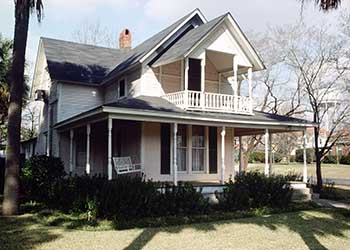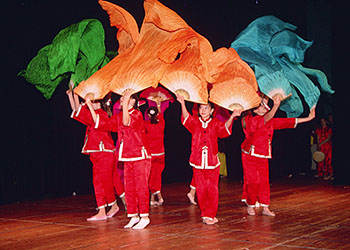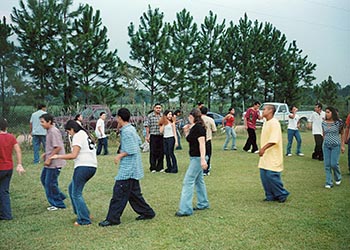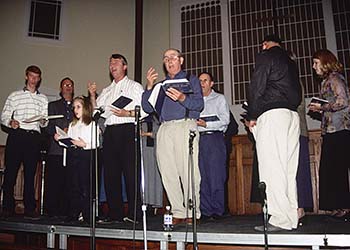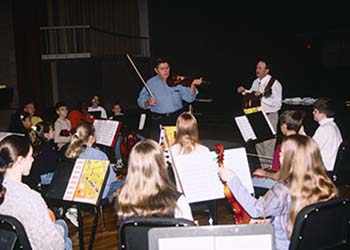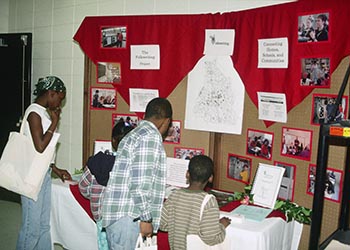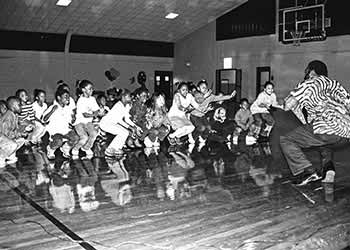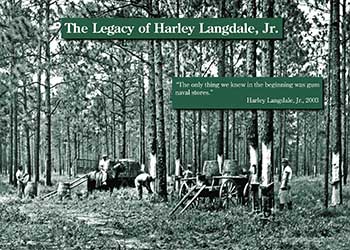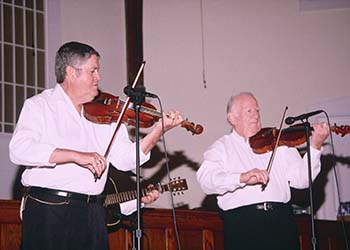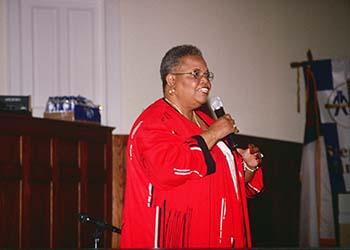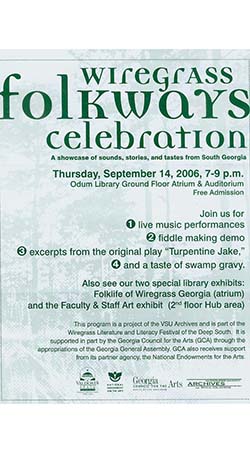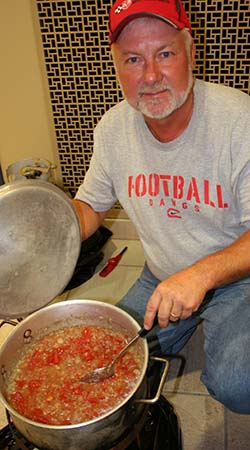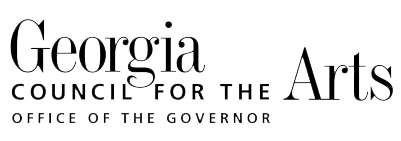South Georgia Folklife Overview
From 1996-2005, the South Georgia Folklife Project (SGFP) was a collaborative effort of the Valdosta State University (VSU) College of the Arts and the Georgia Folklife Program to provide support, documentation, and interpretation of traditional arts within a 41-county service area which stretches from the Alabama border to the Atlantic, and the Florida state line to Cordele. This series includes fieldwork material and correspondence that is not associated with any other series, such as initial South Georgia Folklife Survey (1996) and the 1997-98 Exploring Community Heritage grant (Georgia Humanities Council), as well as administrative files from the varioius NEA Folk and Traditional Arts infrastructure Initiative grants. This series also includes administrative and fieldwork material associated with the following concerts and public programs: Tunes and Traditions (2000), African American Studies Series Lectures and the Georgia Sea Island Singers, Ballads and Breakdowns (2003), Hymns and Hoedowns, (2005) Visions and Voices: the Artistry of Wiregrass Women (2006), and the Wiregrass Folkways Celebration (2006).





